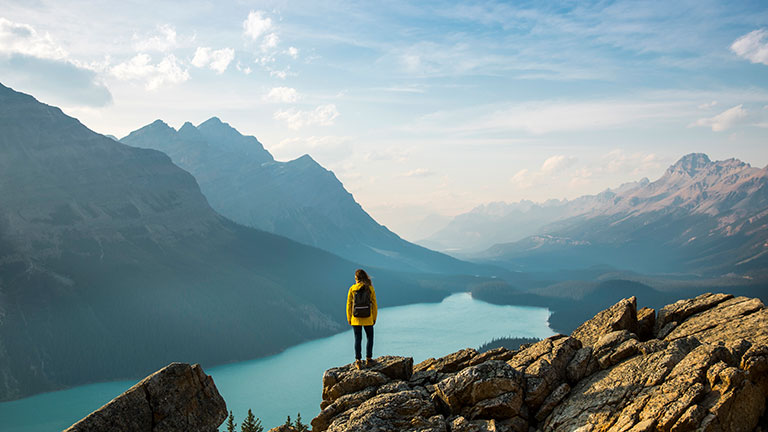The Taino people were the first inhabitants of Puerto Rico – the island later “discovered” by Christopher Columbus on his second voyage to the Americas. In 1493, colonialists from Spain led by the Spanish explorer Ponce de Leon laid claim to the region. The Spanish forced the indigenous Taino into slavery, but the population soon began a rapid decline when the indigenous people fell prey to European diseases. Later, the Spanish brought Sub-Saharan African slaves to the island to perform manual labour along the coast. Today, visitors can still see the Spanish and African cultural influences in Puerto Rico's foods, music, art and customs.
During their more than 400 year rule, the Spanish largely inhabited and worked in the areas nearest to the coast, particularly in the San Juan region. Over time, the area became an essential port for Spain, who built numerous defensive forts to protect the island from attack by other European countries.
Fort San Felipe del Morro is the most famous of these forts, originally built in the 1540s. Today, the fort and its more than 15-foot-thick walls remain on the northwestern shores of Old San Juan, playing host to visitors from around the world. East of El Morro is Fort San Cristobal, the largest fort built by the Spanish in the region. The fort originally stretched nearly 27-acres across the coast of San Juan but part of the fort was later torn down to enhance road infrastructure.
In 1898, Puerto Rico was overtaken by the United States following the Spanish-American War. However, it wasn't until 1917 that Puerto Ricans were formally granted U.S. citizenship. Today, the island region is self-governing – a territory separate (unincorporated) from the United States at large. This means that while Puerto Ricans are able to elect a governor, they cannot vote in U.S. presidential elections. But much like incorporated U.S. states, Puerto Rico uses American currency and its residents speak both English and Spanish – although many locals prefer Spanish.
Religion (predominantly Christianity) is also an important part of Puerto Rican life. The majority of people here are of Roman Catholic or Protestant faiths with a strong Hispanic influence. One of Puerto Rico's main religious holidays is El Dia de los Reyes or Three Kings Day. Celebrated annually on January 6th, this feast day is celebrated with family gatherings as well as presents. It is customary for children to leave a tray with hay or grass under their beds at night to feed the wise men's camels – much like how children in the United States leave cookies out for Santa Claus. While they're sleeping, the three kings collect the grass, replacing it with presents as a way of saying thank you.
































